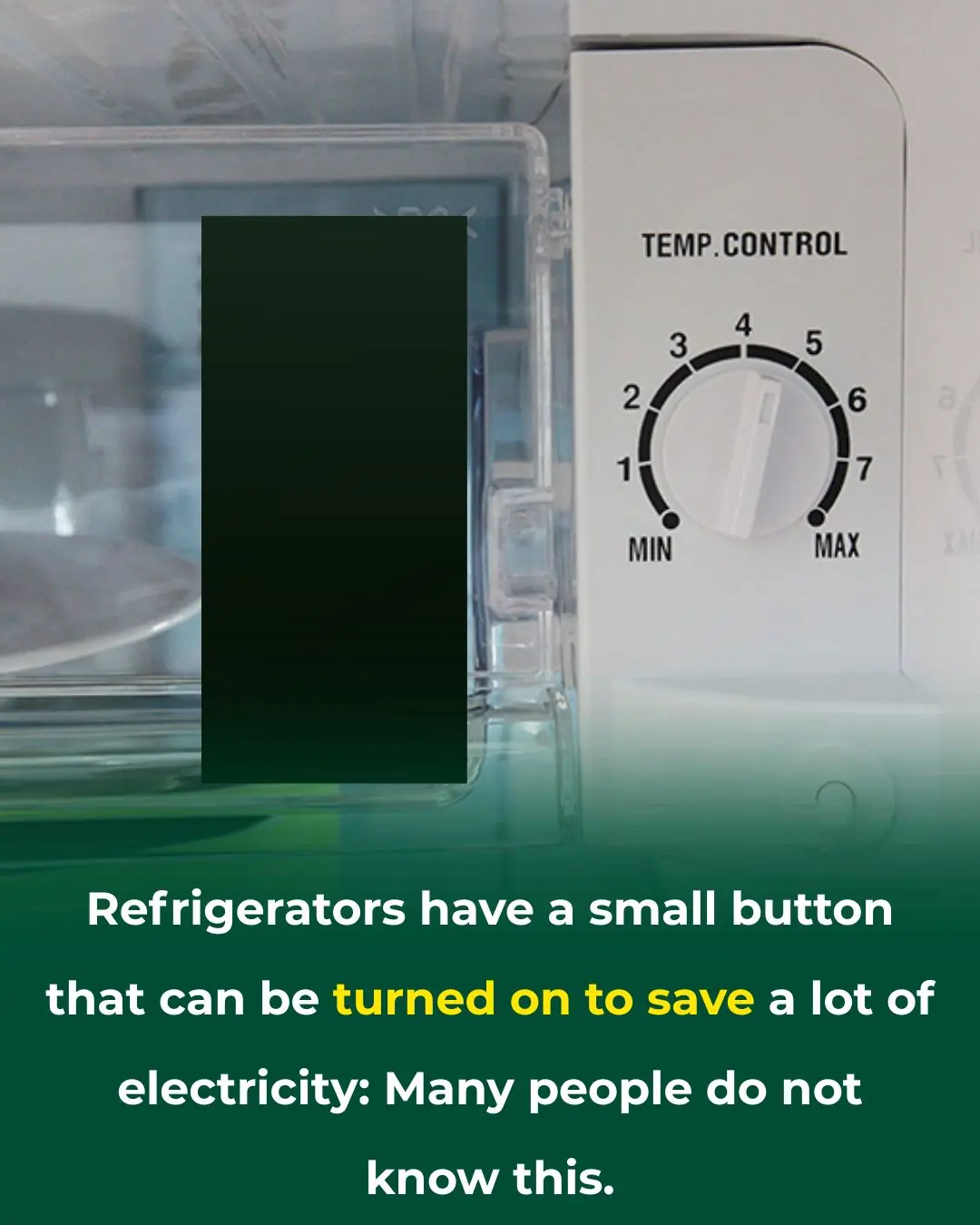
Why You Should Never Leave a Water Bottle Inside Your Car
Leaving a bottle of water in the car is a habit shared by most drivers. It seems harmless and convenient, especially during hot weather. However, in reality, even a simple bottle of drinking water can become a fire hazard if placed in the wrong spot under scorching conditions.
During the summer, almost everyone carries a bottle of water to avoid having to walk in the heat to buy a drink. And if you drive a car, there’s a good chance you often leave that bottle somewhere inside the vehicle—usually on the dashboard, in the cup holder near the driver’s seat, or even on the passenger seat for quick access. While this habit feels natural, it may carry unexpected dangers.
A demonstration by Dioni Amuchastegui, an electrical engineer from Idaho (USA), showed that a water bottle left in direct sunlight can concentrate light and generate temperatures exceeding 100°C. When placed on a dark surface—such as a car seat—the focused heat can become strong enough to ignite the material and potentially cause a fire. Amuchastegui himself once nearly experienced such an incident, which prompted him to conduct the experiment and share the warning publicly.
Although several conditions must align for a water bottle to actually start a fire, this does not mean the risk doesn’t exist. If your car is parked outdoors under blazing sunlight, even a harmless-looking bottle can turn your vehicle into a literal “fire car.”
The reason lies in how water bottles are shaped. Most are made from clear plastic and have curved surfaces. When filled with water, the bottle can act like a magnifying lens. In midday heat, the temperature inside a parked car can climb to around 60°C—or even higher. Sunlight passing through the bottle can be focused onto a single point, dramatically raising the temperature and creating a potential ignition source in a matter of minutes.
Many drivers admit that leaving a bottle on the seat is something they’ve done countless times without ever considering the consequences. Besides the fire hazard, some car experts warn of an additional danger: the bottle could roll off the seat and get stuck near the pedals. A bottle wedged under the brake or accelerator during an emergency stop could lead to a disastrous situation, especially if the driver needs to brake suddenly.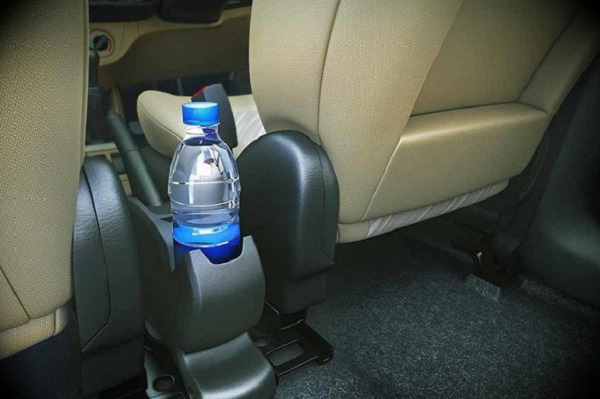
There is also a health concern associated with leaving plastic water bottles in a hot car. Research has shown that drinking from plastic bottles that have been exposed to high temperatures for extended periods can pose serious health risks. In some cases, bottles left for months behind the driver’s seat may still be consumed by drivers who simply feel thirsty while getting into the car—unaware that prolonged heat exposure can cause harmful chemicals to leach into the water.
According to one study, when outdoor temperatures range from 80°F (27°C) to 100°F (38°C), the temperature inside a vehicle without air-conditioning can reach between 130°F (54°C) and 172°F (77°C). This level of heat is comparable to the temperature inside a low-setting oven. Another study from the American Academy of Pediatrics found that car interiors can heat up rapidly regardless of whether the windows are closed or slightly open. Even on a mild 22°C (71°F) day, the temperature inside a car can rise by 40°C within an hour.
With these risks in mind—fire hazards, driving dangers, and health threats—it’s best to break the habit of leaving water bottles in your car. If you must store water inside the vehicle, keep the bottle covered, out of direct sunlight, and placed in a secure area where it cannot roll around. Your safety, and that of your vehicle, may depend on it.
News in the same category

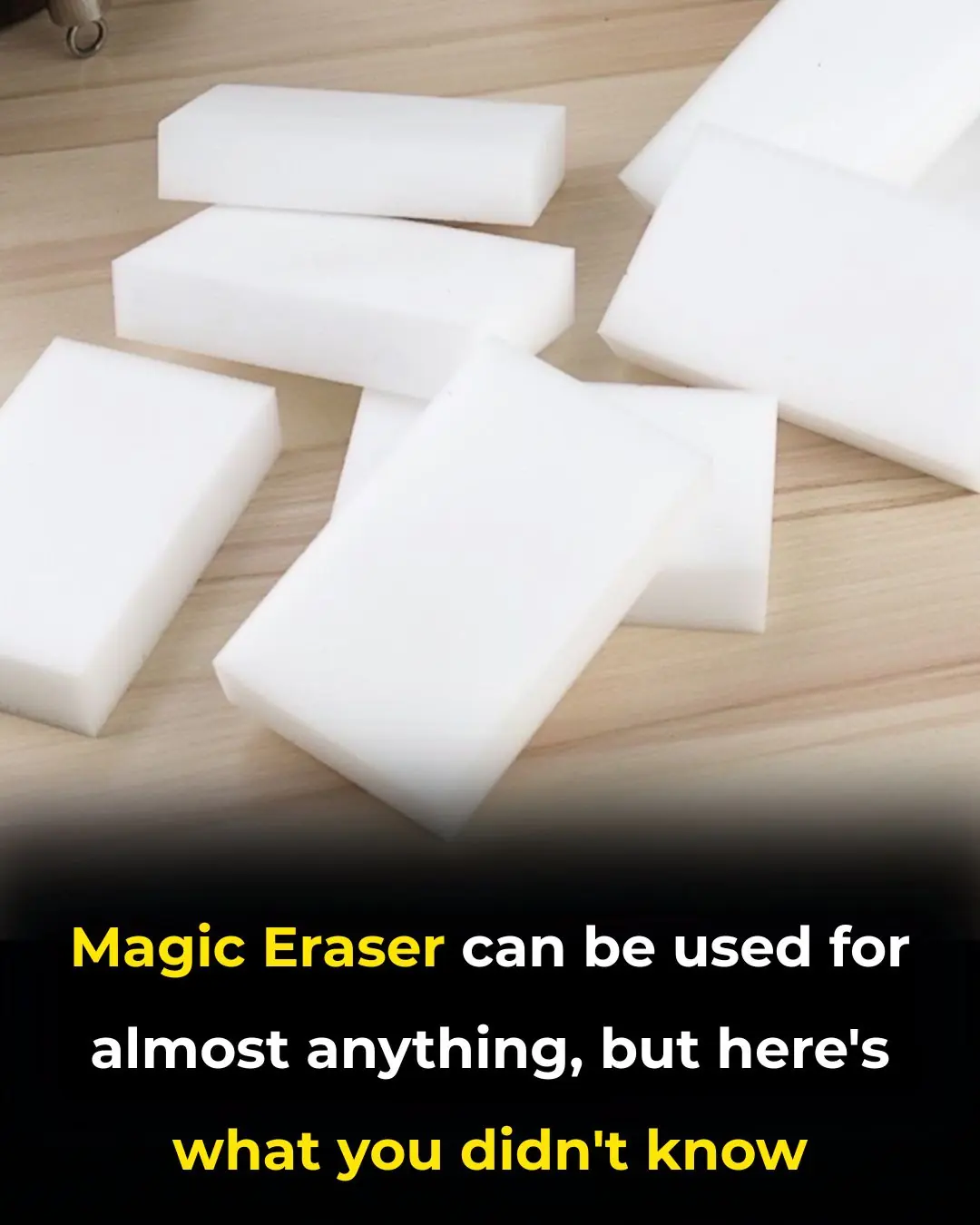
Magic Eraser can be used for almost anything, but here's what you didn't know

Why You Shouldn’t Keep Doors Fully Closed When Using Air Conditioning

8 Foods That Fight Cancer – Add Them to Your Diet Regularly

What Health Conditions Can Garlic Soaked in Honey Help With?

How to Make Steamed Pear with Rock Sugar — Delicious, Comforting, and Packed with Nutrition

Using a Water Heater? Making These 3 Mistakes Is Like “Flirting With Death”!

This is the correct way to preserve pork in the freezer: The meat will not dry out, and will still retain all its nutrients for a whole month.

Pour salt into the toilet, everyone calls you crazy but know its uses and do it at home right away

Amazing uses of pouring vinegar on meat: Everyone who knows will want to do it too

Chef reveals secret to stir-frying soft, lump-free vermicelli noodles that even the most clumsy person can easily do
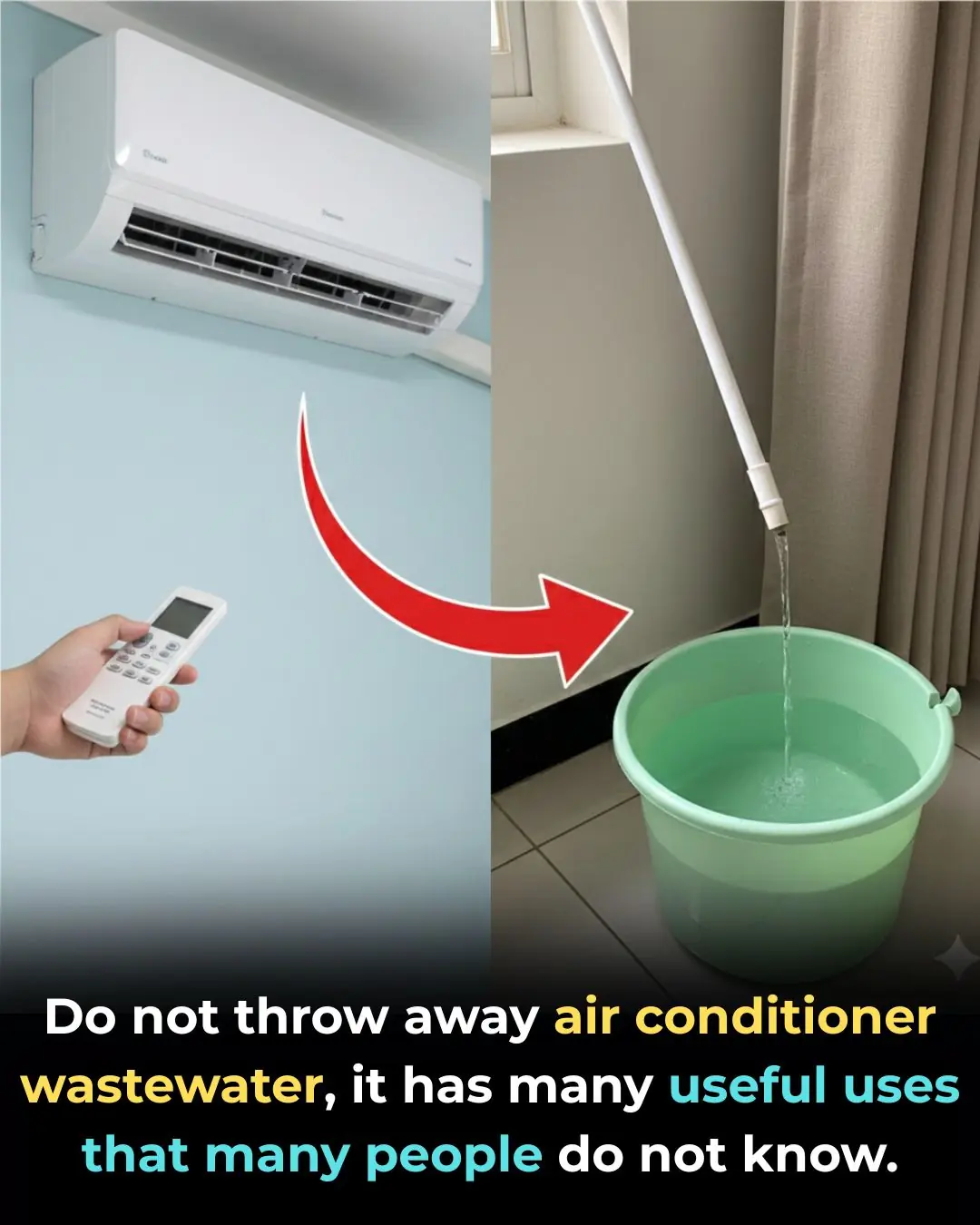
Do not throw away air conditioner wastewater, it has many useful uses that many people do not know.

Good tips for those who have dry trees, help them produce many flowers, fruits, and sweet and rich fruits

A Simple Sock Trick to Clean Dusty Window Blinds with Almost Zero Effort
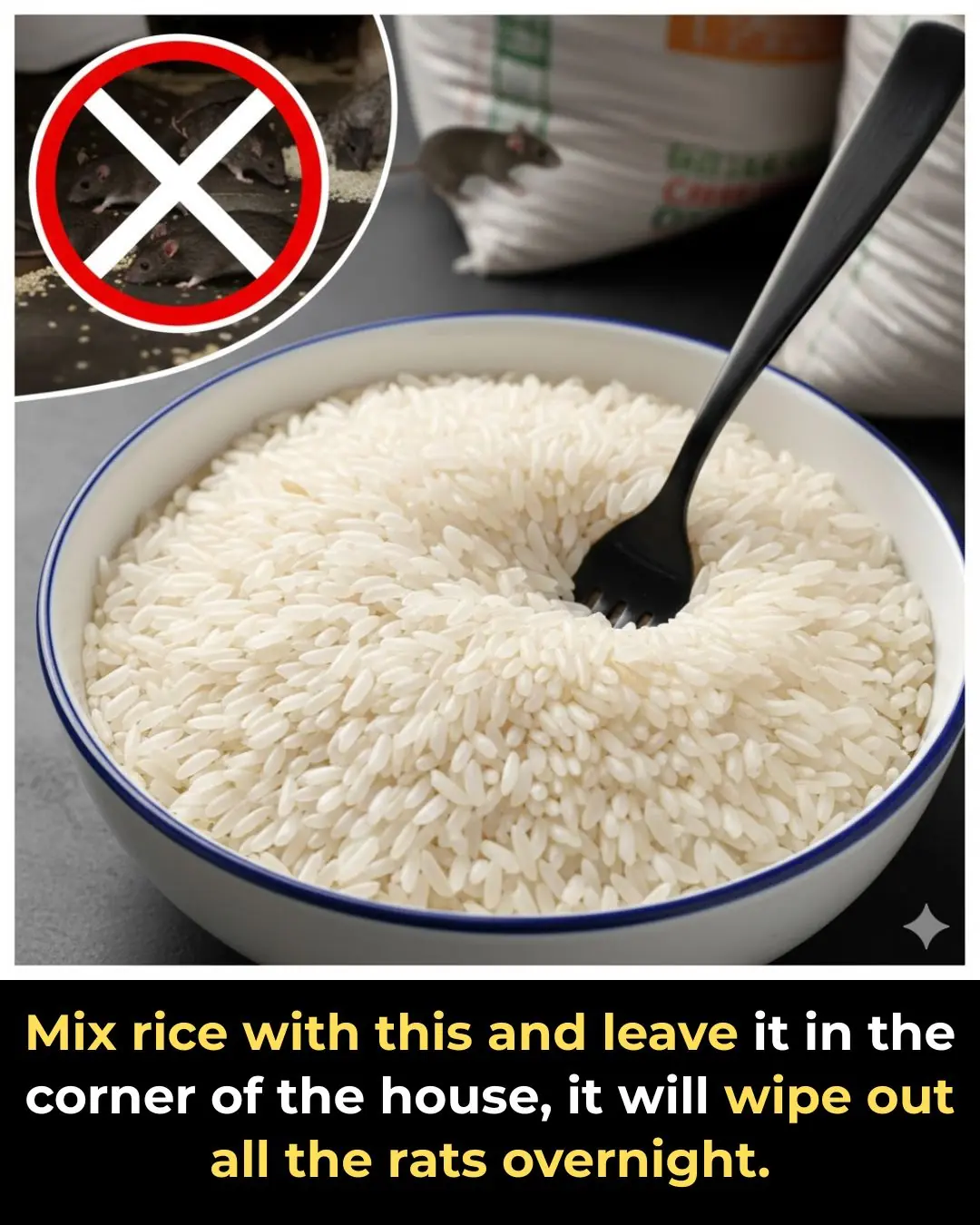
Mix rice with this and leave it in the corner of the house, it will wipe out all the rats overnight.

When choosing a cantaloupe, use these 4 tips to ensure you buy one with thin skin and sweet flesh.

Air Conditioner Blowing Only Air but Not Cooling? Here’s How to Fix It Without Calling a Technician

Had no clue about this
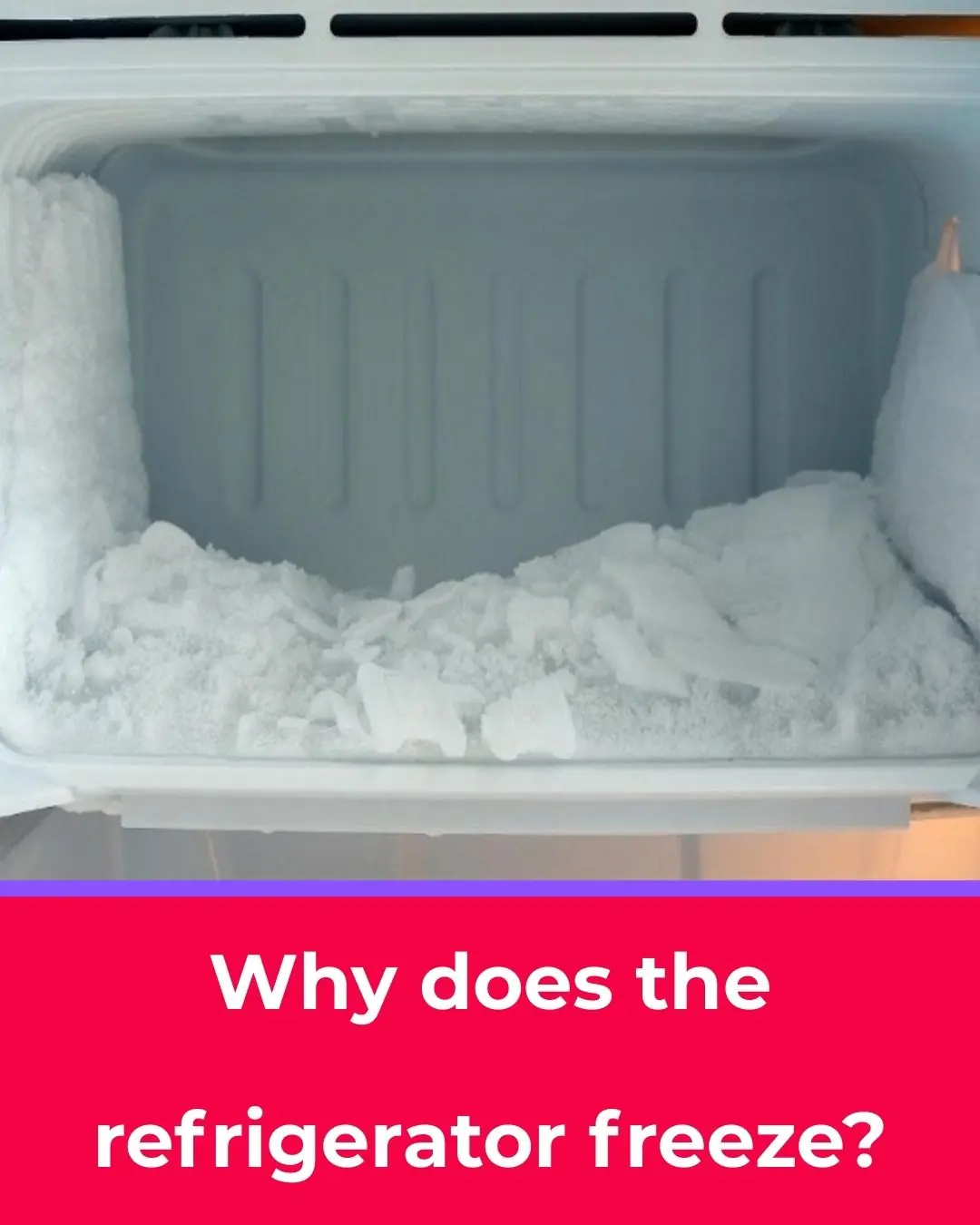
Why Does Your Refrigerator Frost Over and Does It Increase Electricity Consumption?
News Post

As he nears 100, Dick Van Dyke, 99, makes a touching confession about his life

Two Golden Elixirs for Energy, Glow & Balance

The Power of Hawthorn (Genus Crataegus): A Natural Ally for Heart and Cholesterol Health
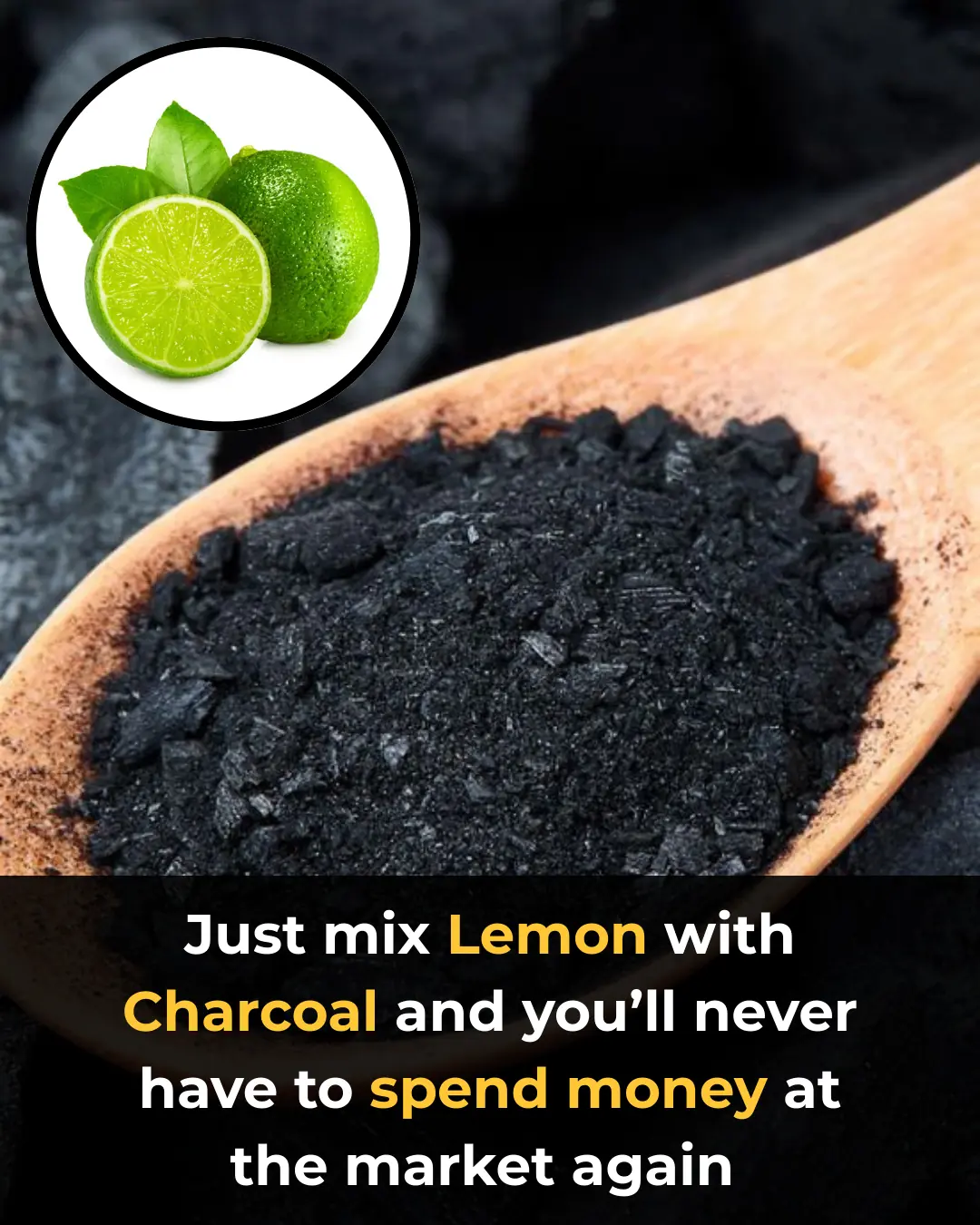
The Real Benefits of Mixing Lemon with Activated Charcoal

The Surprising Healing Power of Onion Milk

Increase Breast Size Naturally

Beetroot: 3 Simple Recipes + 10 Powerful Health Benefits

A Small Refrigerator Button Can Save You Hundreds on Your Electric Bill: Most People Don’t Know

AVOID Ginger If You Have THESE Health Problems

Magic Eraser can be used for almost anything, but here's what you didn't know

Why You Shouldn’t Keep Doors Fully Closed When Using Air Conditioning

12 medications you should never mix with coffee

8 Foods That Fight Cancer – Add Them to Your Diet Regularly

What Health Conditions Can Garlic Soaked in Honey Help With?

How to Make Steamed Pear with Rock Sugar — Delicious, Comforting, and Packed with Nutrition

Headache Above or Behind the Left Eye: Causes and Treatments

Using a Water Heater? Making These 3 Mistakes Is Like “Flirting With Death”!

7 best foods to rebuild your muscle strength after 50
